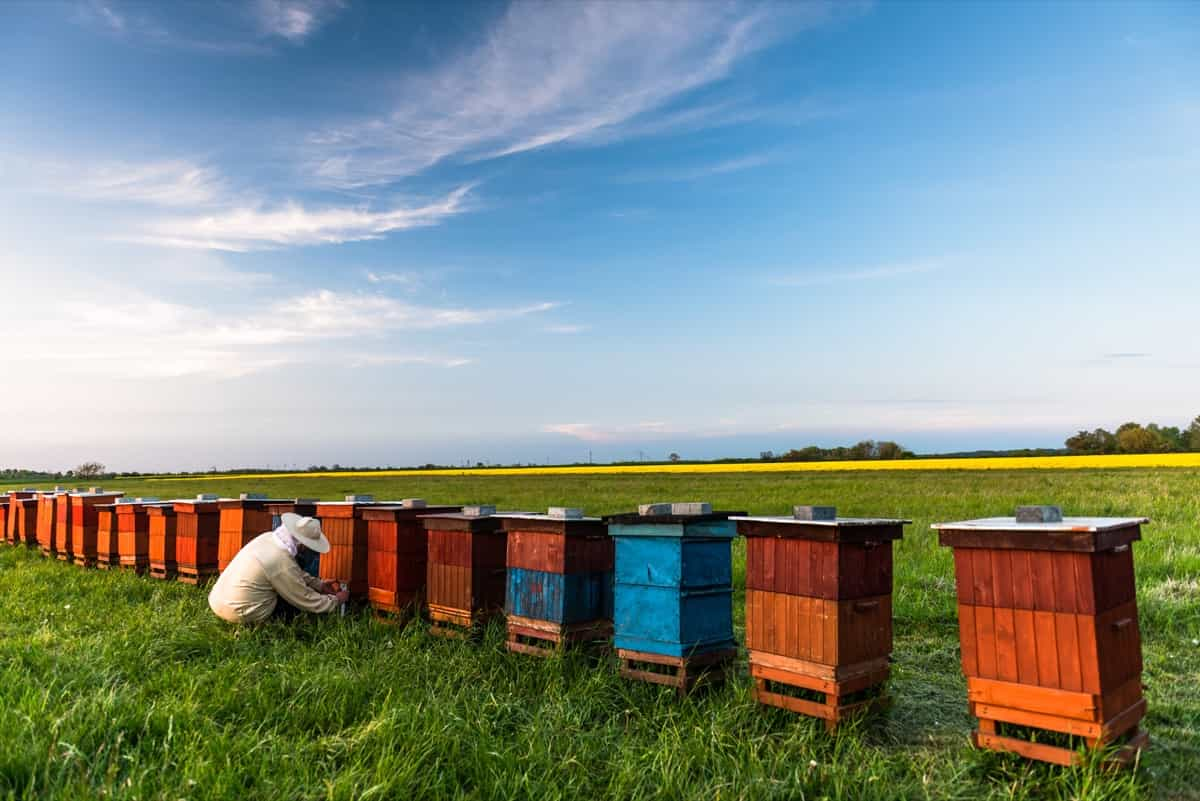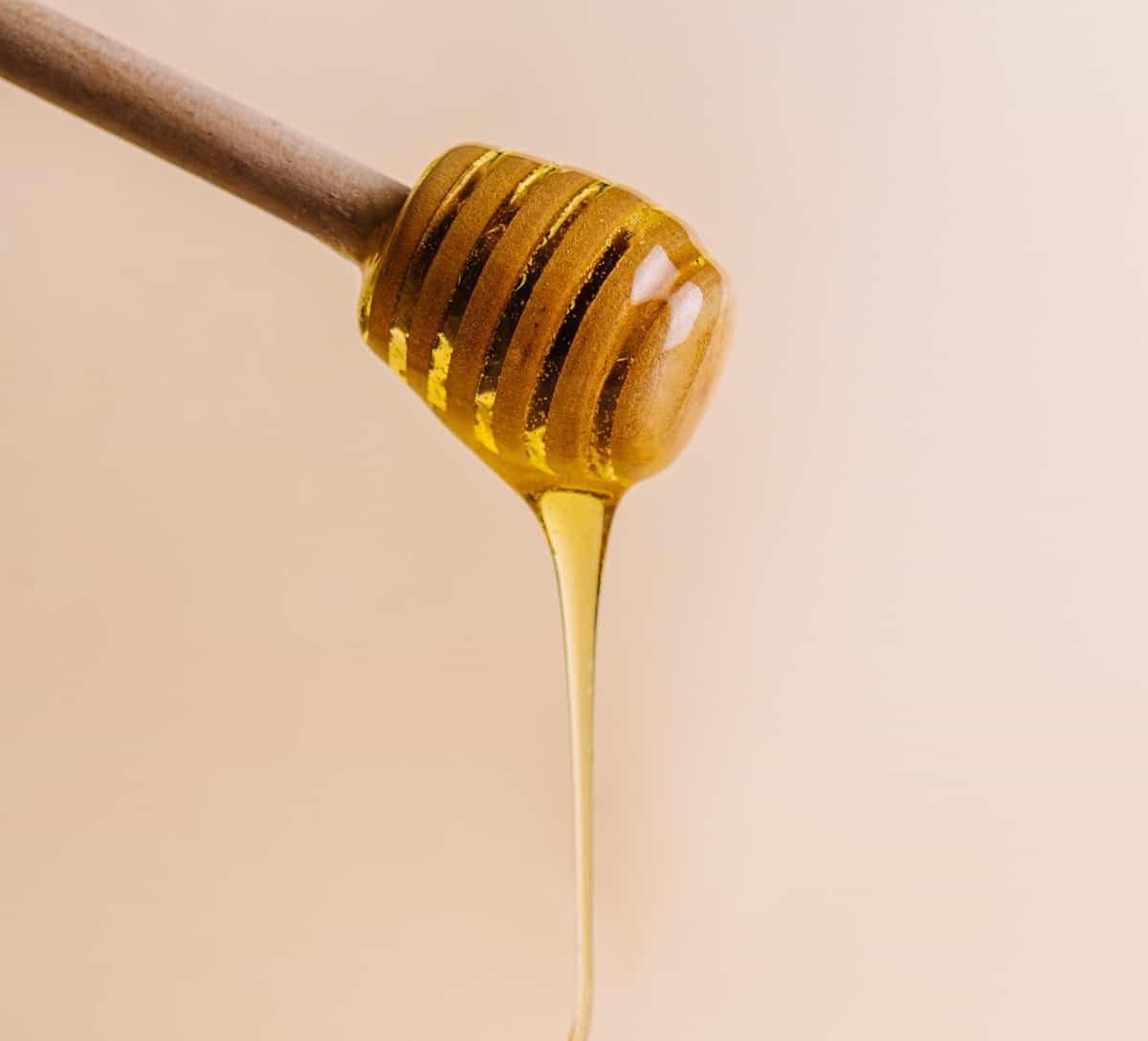Exploring the realm of beekeeping, there are 10 value-added business ideas for beekeepers that stand out for their low investment requirements and high profitability. These include innovative value-added products from beekeeping, such as specialty honey and beeswax items. Understanding the economics, like how much beekeepers make per hive or annually, is crucial. A key aspect is the initial investment, notably for a sizable venture like a 1,000-colony bee operation. This exploration into beekeeping business profits will cover a range of ideas, including various value-added products of honey, each offering a unique profit potential.
10 Value-added Business Ideas for Beekeepers
Beeswax Products
Beeswax products represent a significant opportunity for value addition in beekeeping. Products like candles, lip balms, and skincare items made from beeswax are increasingly popular. The cost of making these items is relatively low, primarily involving the processing of beeswax, which is a natural byproduct of honey extraction.

The profit margin can be as high as 60-70%, depending on the product and market. This venture requires minimal additional investment since beekeepers already possess the primary resource – beeswax. It’s an excellent way to utilize every part of the beekeeping process, turning waste into profit.
Offering Pollination Services
Pollination services are a lucrative aspect of modern agriculture, providing beekeepers with a steady income source. By renting out bee colonies to farmers for crop pollination, beekeepers can significantly increase their revenue. The cost involves the transport and maintenance of the hives.
Typically, beekeepers can earn about $150-$180 per hive for a pollination season, with a net profit margin ranging from 40-50%. This business aspect requires strategic planning and some investment in logistics but can be highly profitable, especially with the increasing demand for natural pollination in agriculture.
Bee Venom Collection
Collecting bee venom is an emerging market with high potential. Used in pharmaceuticals and cosmetics, bee venom can fetch high prices. The process involves installing a collection device in the hive, which doesn’t harm the bees. The investment for venom collection equipment is moderate, but the return can be substantial. Beekeepers can sell venom for approximately $130-$170 per gram, with a profit margin of around 50-60%, depending on the market. This niche area requires expertise in venom extraction but can be a highly profitable addition to a beekeeping business.
Beekeeping Tours and Workshops
Conducting educational tours and workshops is an excellent way for beekeepers to generate additional income. This involves minimal investment, primarily in safety equipment and facilities for visitors. Beekeepers can charge participants for an immersive experience, learning about beekeeping and honey production. The profit margin for such activities can be around 50-60%, depending on the scale and location. This approach not only generates revenue but also promotes beekeeping and environmental awareness.
In case you missed it: 10 Saffron Value-added Business Ideas: Low-investment and High Profit-margin

Propolis Extraction
Propolis, a natural resin made by bees, possesses healing qualities and is sought after in both the healthcare and beauty sectors. Extracting and processing propolis requires some investment in specialized equipment, but the return is promising. Beekeepers can sell propolis for about $45-$55 per pound, with a profit margin of approximately 50%. This venture adds another layer of income to traditional beekeeping and utilizes another valuable byproduct of the hive.
Bee-related Art and Crafts
Bee-related arts and crafts offer a creative and sustainable way for beekeepers to diversify their income. This niche involves creating and selling items like bee-themed jewelry, paintings, sculptures, or home décor. The investment required is relatively low, mainly involving materials and tools for crafting. Beekeepers can use elements from their beekeeping activities, such as beeswax or images of their bees, to create unique, eco-friendly products.
The profit margin for handmade crafts can be substantial, often around 50-70%, depending on the uniqueness and quality of the products. Marketing these items at local markets, online platforms, or beekeeping events can attract customers who appreciate handcrafted and bee-themed items. This venture not only provides an additional revenue stream but also allows beekeepers to express their connection with bees through art, potentially raising awareness about bee conservation.
Beehive Rental Programs
Renting out beehives to individuals or businesses interested in pollination or honey production is another profitable venture. The cost includes hive maintenance and potential transport. Beekeepers can earn a steady income from rentals, with a profit margin of about 40-50%. This business model works well in urban settings where people are interested in local honey production but lack beekeeping skills or resources.
In case you missed it: Uncovering the Untapped Potential: 10 Hidden Gems in the Small Business Sector

Mead Production
Mead production is an exciting and profitable venture for beekeepers, tapping into the growing market for artisanal beverages. This ancient drink, made by fermenting honey with water, can be infused with various flavors, catering to a diverse palate. The initial investment for mead production includes fermentation equipment, bottles, and space for brewing and storage.
While the cost of production can vary, beekeepers have the advantage of using their honey, reducing raw material expenses. Selling mead can be quite profitable, with a profit margin of approximately 50-60%, especially for specialty meads that command higher prices. Mead production not only adds a unique product to a beekeeper’s offerings but also celebrates the essence of honey in a form that appeals to a broad audience.
Beehive Monitoring Technology
Investing in beehive monitoring technology represents a modern approach to enhancing beekeeping efficiency and profitability. This technology involves using sensors and software to monitor hive conditions like temperature, humidity, and bee activity. The initial investment includes the cost of the monitoring devices and any associated software. However, the long-term benefits include improved hive health, early detection of issues, and potentially increased honey production.
The profit margin in offering these technologies to other beekeepers can be around 30-50%, depending on the sophistication of the technology. This business idea appeals to tech-savvy beekeepers and those looking to modernize their operations. It’s an investment in the future of beekeeping, blending traditional practices with cutting-edge technology to optimize hive management.
Honey Production and Packaging
Finally, honey production and packaging remain the backbone of beekeeping. With a focus on quality and specialty honey, beekeepers can significantly increase their profit margins. The cost involves processing and packaging, but beekeepers can sell premium honey for a high price. Profit margins for specialty honeys can range from 50-70%, depending on the market and quality. This traditional aspect of beekeeping, combined with a focus on specialty products, can yield substantial profits.
In case you missed it: 10 Value-added Business Ideas for Apricots: Low-Investment and Highly Profitable

Conclusion
The world of beekeeping presents a myriad of value-added business opportunities, each with its unique appeal and profitability. From traditional avenues like honey production to innovative ventures like mead production and beehive monitoring technology, beekeepers have a wealth of options to expand their businesses. These ventures require varying levels of investment but consistently offer high profit margins. Embracing these diverse opportunities can lead to a sustainable and profitable beekeeping business, demonstrating the immense potential of this ancient yet ever-evolving craft.
- Handicraft Making at Home: A Small Profitable Business Idea
- Pet-Tech Startups: Innovations for Animal Lovers
- Tech Repair Services: Meeting the Demand for Gadget Maintenance
- Maximizing Rewards: Smart Credit Card Habits for Cashback and Points
- Ultimate Guide to Making Money from Goat Milk Business
- How to Start an Agricultural Value Added Product Business
- Value-Added Business Ideas for Greenhouse: The Best Ways to Make Profits with Greenhouse Farming
- How to Make Profits with Organic Country Chicken: Best Strategies for Beginners
- 10 Value-added Business Ideas for Millets: Low-investment and Highly Profitable